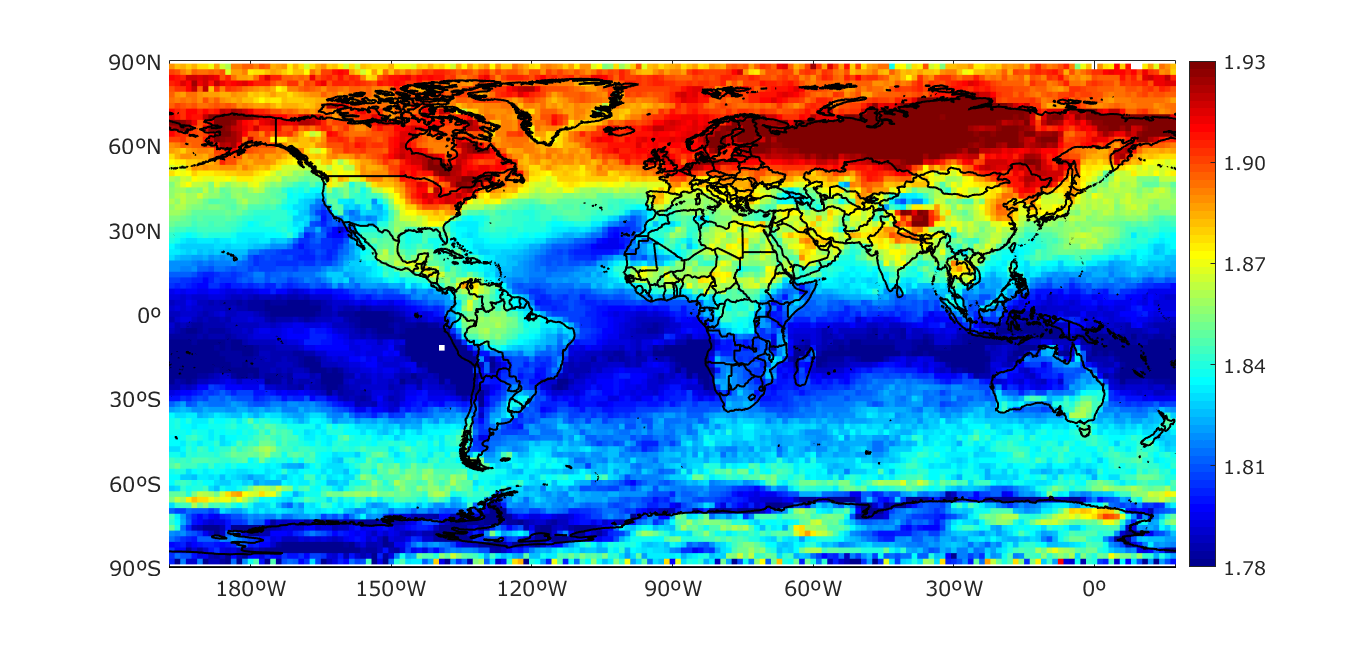AEMET completes the INMENSE project, which has studied the effects of methane (CH4) and nitrous oxide (N2O) on global warming
Click here for the Spanish version

The INMENSE project ends successfully after three years of research
The different observations and meteorological records at a global level clearly indicate that the average temperature of the Earth-atmosphere system has increased by 1ºC in the last century, with rapid acceleration since the 1980s. The warming process is not uniform, neither spatially nor temporally. There are particularly vulnerable areas, such as high mountain areas or those close to the Arctic, where the global average is doubled and there can be up to 3ºC difference in winter months. Consensus at the scientific level is practically unanimous, as reflected in the different scientific-technical reports the Intergovernmental Panel on Climate Change (hereinafter IPCC) has prepared since its creation in 1988 by the World Meteorological Organization (WMO) and the United Nations Environment Programme. The latest IPCC assessment report published in 2013 literally states that “Warming of the climate system is unequivocal and, since the 1950s, many of the observed changes are unprecedented over decades to millennia. The atmosphere and ocean have warmed, the amounts of snow and ice have diminished, sea level has risen and the concentrations of greenhouse gases have increased”. The report also recognises that global warming has been mainly induced by human activity and establishes the need to reduce atmospheric emissions of Greenhouse Gases (hereinafter GHGs) substantially and on a sustained basis, as the main causes of the warming observed. In this context, the future of the Earth-atmosphere system will depend, to a large extent, on our ability to understand all the processes leading to climate change, and to develop the policies and strategies necessary for their control and mitigation.
In this context, the INMENSE (IASI for Surveying Methane and Nitrous Oxide in the Troposphere) research project was set up in 2016, with the aim of improving our understanding of the atmospheric balance of two of the most important GHGs, methane (CH4) and nitrous oxide (N2O), as the main driving forces of climate change. Knowing the atmospheric distributions of CH4 and N2O, both on a local and global scale as well as their temporal variability, is essential to identifying and quantifying their sources and sinks, to predict their evolution in the atmosphere and their role in climate change. To this end, the INMENSE project has generated new observations of CH4 and N2O concentrations in the middle/high troposphere on a global scale from satellite measurements obtained from the IASI (Infrared Atmospheric Sounding Interferometer) sensor, which is aboard the meteorological satellites Metop/EUMETSAT (European Organisation for the Exploitation of Meteorological Satellites, www.eumetsat.int). By means of a full theoretical and experimental characterization, this new database has shown high quality and consistency, which is suitable to capture the latitudinal gradients and the seasonal signals of both GHGs.
The project, led by the Izaña Atmospheric Research Centre (IARC) (Principal Investigator, Dr. Omaira García), dependent on the State Meteorological Agency of Spain (AEMET), and funded by the State Programme for the Promotion of Scientific and Technical Research of Excellence, State Subprogramme for the Generation of Knowledge of the State Plan for Research, Scientific-Technical Research and Innovation 2013-2016 (Reference: CGL2016-80688-P), has enjoyed the invaluable collaboration of the Karlsruhe Institute of Technology (KIT, Germany) and the Technological and Renewable Energies Institute (ITER). In particular, INMENSE has used the Teide-HPC (High Performance Computing) supercomputer, managed by ITER, to carry out the global inversions CH4 and N2O from IASI satellite observations.
The retrievals made in INMENSE were developed over a period of about two years, processing about nine hundred million satellite observations, with a total consumption of 1 774 992 core-hours of computing time. These same retrievals would have required more than 12 years of uninterrupted computing on a single computer with the capacity of a Teide-HPC node, so the time needed to obtain results could be significantly reduced, using a minimum percentage (less than 1%) of the total capacity of the supercomputer in that period.
As an example of the results obtained in INMENSE, the header map shows the global distribution of tropospheric CH4 (at 4.2 km a.s.l. in parts per million, ppm) for August 2017, obtained from the retrievals made at Teide-HPC, where the main global CH4 emission zones are clearly identified. For this map, the individual observations of the remote sensors MetopA/IASI and MetopB/IASI were averaged for a longitudexlatitude area of 2ºx2º during August 2017.


